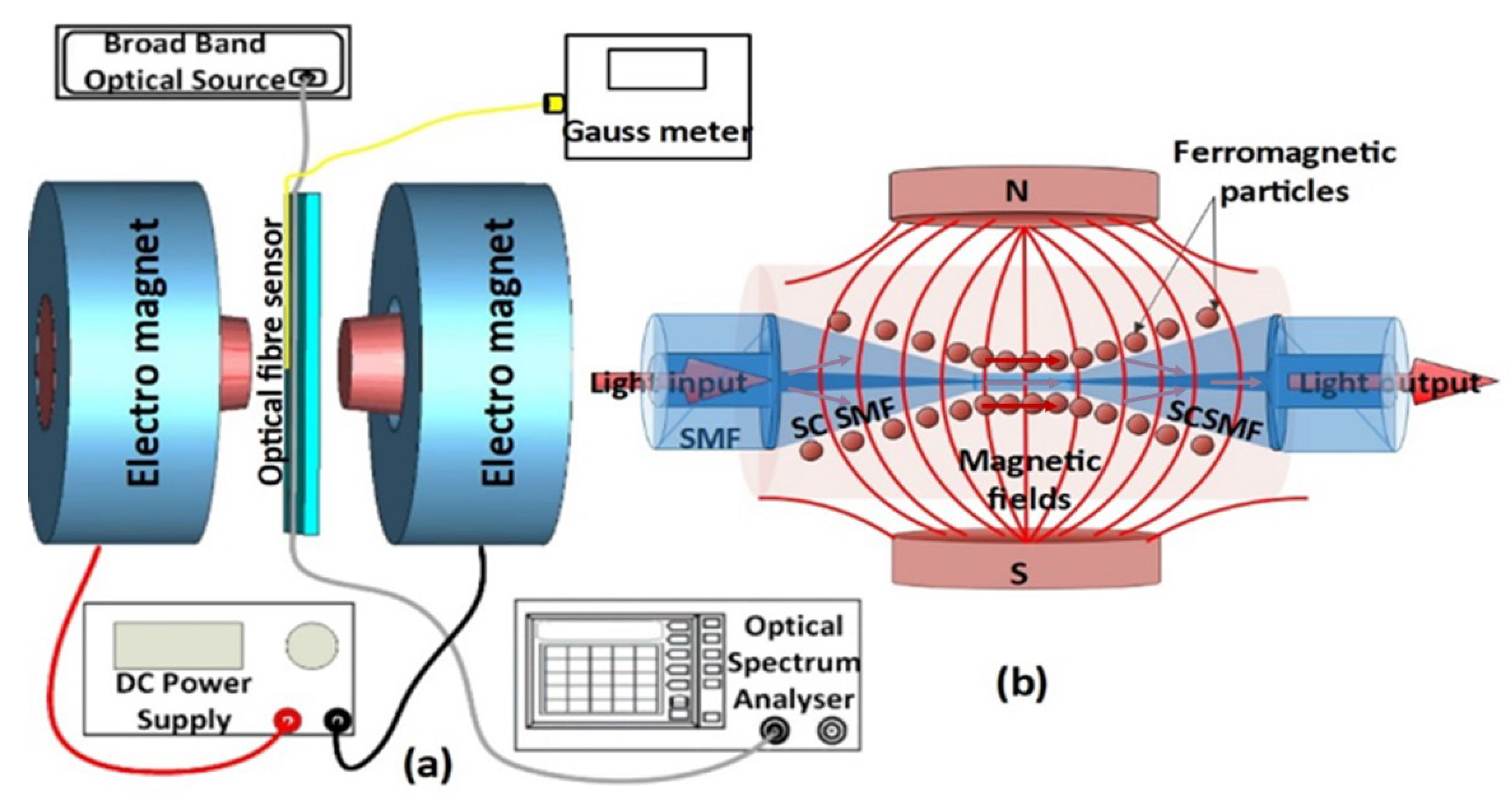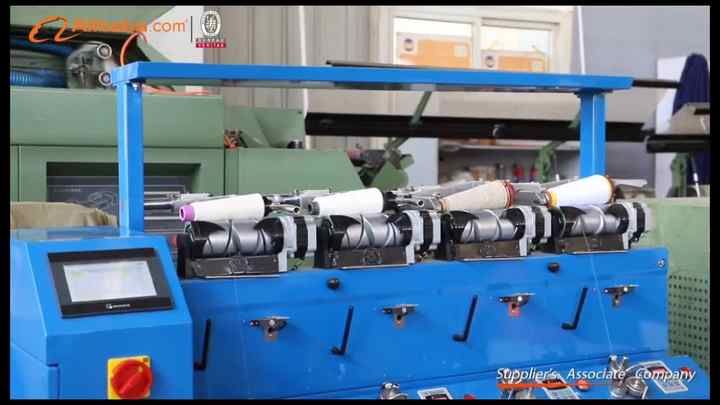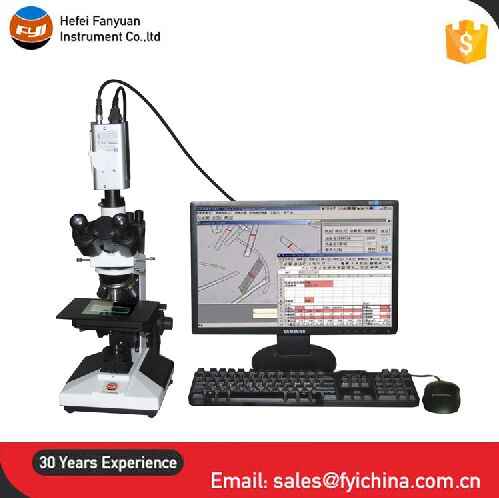Enhancing Measurements with a High-Accuracy Optical Fibre Diameter Analyser
Enhancing Measurements with a High-Accuracy Optical Fibre Diameter Analyser
Blog Article
Optimize Your Fiber Optic Performance: Understanding Optical Fibre Size Analyser Modern Technology
The performance of fibre optic systems is critically affected by the accuracy of their diameter, a factor usually overlooked in the search of optimal signal integrity. Understanding the modern technology behind optical fibre diameter analysers discloses the intricate balance between measurement precision and production quality. These tools not just improve conformity with industry standards however likewise supply real-time understandings that can preemptively address possible issues. However, the ramifications of their use extend past simple dimension; they can fundamentally change the landscape of fibre optic performance. What aspects should one take into consideration to harness their complete potential?
Relevance of Optical Fiber Size
The diameter of optical fiber plays an essential duty in establishing the performance and efficiency of interaction systems. On the other hand, smaller sizes have a tendency to support fewer modes, which can boost signal clarity and lower crosstalk.

In addition, recognizing the size's effects can lead to cost savings by reducing the requirement for signal boosting and repeaters in substantial networks (optical fibre diameter analyser). In final thought, the value of optical fibre size can not be overstated, as it straight impacts the overall efficiency and dependability of contemporary communication systems

Exactly How Size Affects Signal Quality
Signal quality in optical fibre systems pivots considerably on the size of the fiber. The diameter influences a number of essential parameters, consisting of depletion, bandwidth, and modal diffusion. A smaller diameter can cause higher attenuation rates, leading to signal loss as light travels with the fiber. This attenuation can jeopardize the stability of the transmitted data, leading to a decline in signal high quality, particularly over cross countries.
Alternatively, bigger sizes generally permit for improved light capture and decreased modal dispersion, enhancing signal clearness. In multimode fibers, a bigger core diameter can support several light settings, but it may also introduce intermodal dispersion, which can degrade signal quality. Selecting the optimum fibre size is crucial for attaining the desired efficiency in particular applications.
Moreover, the interaction in between the fibre size and the wavelength of the light utilized plays an important duty in identifying the effective transmission range and total signal honesty. Thus, recognizing exactly how fibre diameter impacts signal high quality is important for network designers and designers aiming to maximize optical fiber systems for dependable, high-speed data transmission.
Review of Size Analyser Technology
In lots of optical fibre production processes, precise dimension of fiber diameter is vital for making sure constant efficiency and high quality (optical fibre diameter analyser). Size analysers are innovative instruments designed to examine the physical measurements of optical fibers with high accuracy. They use advanced optical and laser innovations to measure the diameter, ovality, and concentricity of the fiber, hence supplying vital data for quality go to my blog assurance
These analysers can operate in-line throughout the production procedure or as part of off-line screening methods. In-line systems enable real-time monitoring, allowing manufacturers to change specifications promptly, consequently maintaining optimum manufacturing conditions. Off-line analysers, on the other hand, provide extensive examinations of sets, ensuring that any kind of deviations from defined resistances are recognized and addressed.
Size analysers dramatically contribute to the decrease of problems in optical fibres, boosting total item dependability. By regularly determining crucial criteria, these technologies facilitate compliance with sector standards and specifications. As the need for high-performance optical fibres remains to rise, the duty of diameter analysers ends up being significantly important in accomplishing the preferred high quality and efficiency criteria in fiber optic systems.
Trick Attributes of Fiber Size Analysers
Although numerous models of fiber diameter analysers exist, they frequently share several essential features that improve their performance and dependability. One of one of the most substantial features is high-resolution dimension capacities, which make sure specific diameter readings, essential for maintaining high quality control in fibre production. In addition, lots of analysers incorporate innovative optical sensing units made to identify minute variations in fiber diameter, therefore providing very useful information for procedure optimization.
One more essential function is real-time tracking, allowing operators to obtain prompt responses on fibre size throughout the manufacturing procedure (optical fibre diameter analyser). This capability assists in rapid changes and minimizes the probability of flaws. Numerous analysers likewise come furnished with easy to use user interfaces, enabling drivers to conveniently browse with data and settings results
Furthermore, durable information storage space and evaluation capabilities are essential for tracking historical efficiency trends and guaranteeing compliance with market criteria. These functions jointly add to the effectiveness of fibre diameter analysers in enhancing fiber optic efficiency.
Best Practices for Fiber Optimization

First, normal Bonuses calibration of optical fibre size analysers is important. This makes sure precise measurements and minimizes potential inconsistencies that could impact efficiency. Next, preserving a clean workplace is vital; dust and impurities can cause signal deterioration.
In addition, it is very important to choose fibres that meet particular application needs. This entails assessing variables such as attenuation, data transfer, and environmental problems. Appropriate setup strategies need to additionally be adhered to, consisting of avoiding sharp bends and extreme stress, which can compromise fiber honesty.
Furthermore, utilizing sophisticated surveillance systems can help with real-time performance assessments, making it possible for timely identification of concerns. Normal screening and maintenance must be carried out to make certain that fibres remain within ideal functional parameters.
Last but not least, training workers on the current fibre optimization modern technologies and techniques will enhance their capacity to implement effective approaches. By following these best methods, companies can dramatically boost the efficiency and life expectancy of their optical fibre systems, making sure reliable interaction and information transfer.
Conclusion
In final thought, the integration of optical fibre diameter analyser modern technology is essential for making the most of fibre optic performance. By ensuring specific dimensions of fibre measurements, these analysers significantly enhance signal quality and lower losses throughout data transmission. Regular calibration and upkeep of the analysers are essential to copyright ideal performance and conformity with market criteria. Inevitably, the application of this modern technology assists in improved data transmission prices and strengthens signal integrity, adding to the general efficiency of fibre optic systems.
Signal top quality in optical fibre systems hinges dramatically on the diameter of the fibre.In lots of optical fiber production processes, precise measurement of fiber diameter is vital for making sure consistent efficiency and quality. As the demand for high-performance optical fibers continues to increase, the role of diameter analysers comes to be progressively Visit This Link essential in achieving the desired quality and performance requirements in fiber optic systems.
These functions collectively add to the efficiency of fibre size analysers in maximizing fiber optic performance.
In verdict, the integration of optical fiber diameter analyser innovation is critical for maximizing fibre optic efficiency.
Report this page